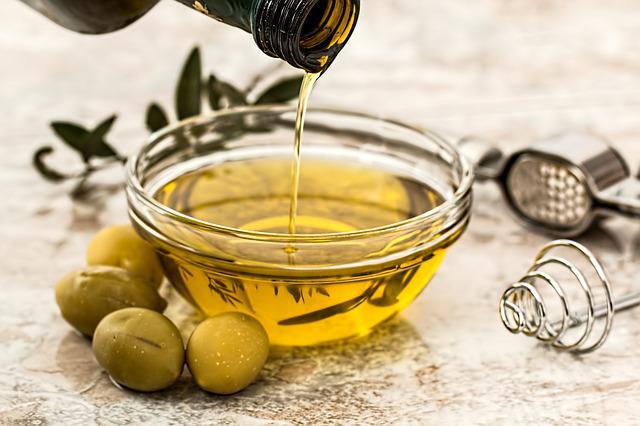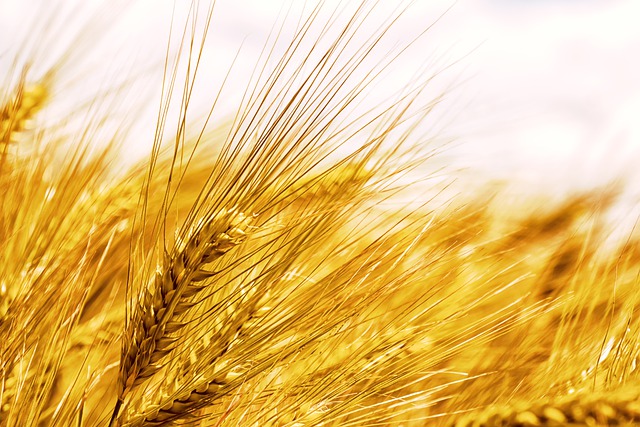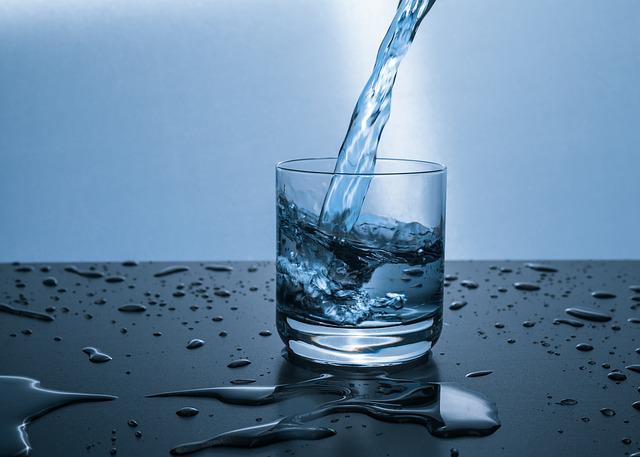Food is defined as any substance consumed to provide nutritional support. Food provides nutrients. Nutrients are substances that provide: energy for activity, growth, and all functions of the body such as breathing, digesting food, and keeping warm; materials for the growth and repair of the body, and for keeping the immune system healthy.
The amounts of different nutrients a person need vary with age, sex, activity, and whether menstruating, pregnant or breastfeeding. Needs also vary during sickness and recovery. A sound and balanced diet provide nutrients in the correct quantities and combinations that are safe and free from disease and harmful substances. In this article, we shall be discussing the classes of food with pictures as well as examples of water in classes of food.
What Are The Classes Of Food And Their Function?
Actually, there are 7 and not 6 major classes of food based on their nutrient properties if you add water. The classes of food and their function are as follows:
Carbohydrates
Carbohydrates are found in a wide array of both healthy and unhealthy foods—bread, beans, milk, popcorn, potatoes, cookies, spaghetti, soft drinks, corn, and cherry pie. They also come in a variety of forms. The most common and abundant forms are sugars, fibers, and starches. Foods high in carbohydrates are an important part of a healthy diet. Carbohydrates provide the body with glucose, which is converted to energy used to support bodily functions and physical activity. But carbohydrate quality is important; some types of carbohydrate-rich foods are better than others:
- The healthiest sources of carbohydrates: unprocessed or minimally processed whole grains, vegetables, fruits, and beans—promote good health by delivering vitamins, minerals, fiber, and a host of important phytonutrients.
- Unhealthier sources of carbohydrates include white bread, pastries, sodas, and other highly processed or refined foods. These items contain easily digested carbohydrates that may contribute to weight gain, interfere with weight loss, and promote diabetes and heart disease.
The Healthy Eating Plate recommends filling most of your plate with healthy carbohydrates – with vegetables (except potatoes) and fruits taking up about half of your plate, and whole grains filling up about one-fourth of your plate. Examples of carbohydrates include Maize, Yam, Potatoes, Garri, Rice, and Millet. READ: Nigerian Foods and Beverages to Avoid During Pregnancy
Proteins
Proteins are super important for all animals including humans. Our bodies use proteins to create our muscles, send messages, and even grow hair. Protein food is dense with energy, and it’s thought that one of the reasons humans have such big brains and are so clever is we began eating cooked meat. All the energy from that meat gave us the extra resources to grow big brains and complex nervous systems. Because of this energy, a diet rich in protein is super important for children, pregnant and lactating women, and those recovering from an injury.
There are also 10 essential proteins that humans need to live and cannot create themselves. That means the only way for us to get these necessary proteins is to consume them in our diet. Examples of protein food include beans, meat, dairy, eggs, whole grains, soy products, and legumes.
Fat and Oil
Approximately no more than 35% of our daily calories should come from fat. Fats are a great source of energy: 1g of fat provides 9 calories. Fat protects the internal organs, however, too much fat can be damaging. Fat is also a great insulator and fat stored just below the skin acts to insulate the body from the cold. Females require a minimum level of body fat in order to maintain menstrual function as fat cells secrete and are stored for estrogen. It is advised to limit the number of saturated fats and oil consumed as they are strongly correlated with an increased amount of cholesterol in the blood, which in turn increases the risk of heart disease and diabetes. Saturated fats can be found in beef, lamb, pork, butter, cream, milk, cheeses, coconut oil, palm oil, and cocoa butter. It’s important to replace saturated fat with unsaturated fat. This means eating more fish, avocados, nuts and seeds, and plant-based oils and spreads such as flax seed oil and soya spread.
Vitamins
Vitamins are complex organic substances found in our food that support almost every system in the body, including the immune system, the brain, and the nervous system. Many of them help convert food into energy and help the body to use carbohydrates, fat, and protein. They are also involved in regulating growth, making red blood cells, and protecting the body from harmful free radicals. Only very small amounts of vitamins and minerals are needed to enable the body to work properly and prevent illness. Vitamins D and K cannot be manufactured by the body and must come from our food.
To get more vitamins into your diet, try and eat foods as fresh and unprocessed as possible. Choose fruit and vegetables that have been produced locally rather than those that have had to travel across the world. Try cooking vegetables as light as possible, keeping their crunchy texture. Avoid slow cookers and lengthy cooking techniques. Microwaving, steaming or pressure-cooking vegetables is the kindest to vitamins.
Minerals
Minerals are elemental substances and are found in the soil. They are absorbed by plants, which we eat, or are eaten by animals – which we then eat. Therefore we can get minerals from both animal and vegetable sources. Minerals have many different roles, including structural roles, such as calcium in bones and teeth, or regulator roles such as sodium and potassium in fluid balance and muscle contractions. Minerals do not deteriorate in the same way that vitamins do because they are ‘elemental’, they cannot be easily destroyed by heat, light, or air.
Fiber
Fiber is actually a type of carbohydrate. Fiber mostly comes from cellulose, a long, complex carb that people (unlike cows and other herbivores) cannot digest. That’s okay though because we don’t eat fiber for energy. Instead, fiber helps to keep everything in the digestive tract moving along properly. A diet high in fiber reduces your chance of colon cancer and helps to keep bowel movements regular. It slows down the digestion of other foods, preventing insulin spikes. A good rule of thumb for snacks is more than 2 grams of fiber for every 10 grams of sugar. Of course, the more fiber and the less sugar the better! Whole grains, fruits, and vegetables are all good sources of fiber. Fiber comes in two varieties, both beneficial to health:
- Soluble fiber: which dissolves in water, can help lower glucose levels as well as help lower blood cholesterol. Foods with soluble fiber include oatmeal, nuts, beans, lentils, apples, and blueberries.
- Insoluble fiber: which does not dissolve in water, can help food move through your digestive system, promoting regularity and helping prevent constipation. Foods with insoluble fibers include wheat, whole wheat bread, whole grain couscous, brown rice, legumes, carrots, cucumbers, and tomatoes. The best sources of fiber are whole grains, fresh fruits and vegetables, legumes, and nuts.
Water
Water is one of the most important macronutrients along with carbohydrates, proteins, and fats. We can live a little longer without food (around 8 weeks) than we can water (only a few days). A 12% drop in body weight through water is always fatal. Our body is made up of around 65% water, it assists with absorption, digestion, and excretion and aids the circulation of nutrients around our body. Water is also essential for regulating our body’s temperature and distributing heat. Water also lubricates our bodies moving joints and our eyes.
Individual requirements of fluid intake vary considerably. This is due to various factors which depend on the amount of fluid being lost, for example, environmental temperature, humidity, individual metabolism, activity levels, and the individual’s health and diet. On average, a man (70 kg) should be drinking 2.5 liters a day, a woman (58 kg) should be drinking 2.2 liters of water a day and for children (10 kg Child), 1 liter and a Child (5 kg) should be drinking 0.75 liters a day. Many foods that we eat particularly fruit and vegetables contain high amounts of water. On average, most healthy adults should drink at least 6 to 8 glasses of liquid every day.













